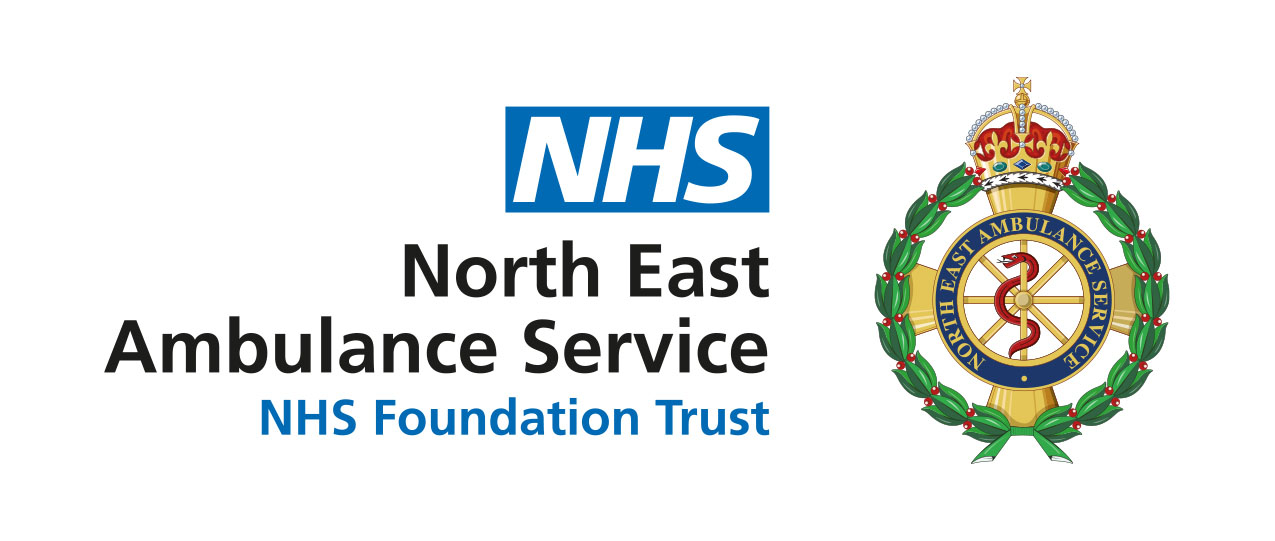Ambulance crew faced with rare baby birth
When pregnant Annie Glasspool found her labour progressing quicker than expected on 6 April this year, she telephoned the North East Ambulance Service (NEAS) on 999 for help to deliver her baby in an emergency.
Health advisor at NEAS Michelle Ferguson took Annie’s call and was quickly passed to Annie’s husband Harry and a family friend, as baby Katie prepared to make her first appearance.
Whilst her the couple’s two year-old James slept upstairs, unaware that he was about to become a big brother, Michelle talked the family through what they needed to do and stayed on the call until the ambulance crew arrived.
NEAS paramedic Ian Nattrass, clinical care assistant Martin Heath and emergency care technician Nicola Lowes, were the team dispatched to the family’s home in Witton Gilbert, near Durham.
On arrival, they crew found baby Katie’s head already showing and she must have been so keen to meet the crew, it wasn’t long before she was born.
Ian, who has helped to deliver numerous babies in his 8 year career as a paramedic, explained: “Katie made a very unique entrance to the world, arriving in her amniotic sac, still intact – something that is extremely rare and is estimated to happen only around six times a year nationally.
“We helped to open the sac and cut the umbilical cord and checked both mum and baby over before transported them both to hospital in Durham.”
Nicola added: “This is the first baby birth I’ve been to working for NEAS and it was lovely to hear her first cry so that we knew everything was OK.”
Now two months on, the team came back to reunite with the family and see how they were all doing.
Annie recalled: “I had been in early labour for several days, but every time we were about to go to hospital, it slowed."
On arrival, they crew found baby Katie’s head already showing and she must have been so keen to meet the crew, it wasn’t long before she was born.
Ian, who has helped to deliver numerous babies in his 8 year career as a paramedic, explained: “Katie made a very unique entrance to the world, arriving in her amniotic sac, still intact – something that is extremely rare and is estimated to happen only around six times a year nationally.
“We helped to open the sac and cut the umbilical cord and checked both mum and baby over before transported them both to hospital in Durham.”
Nicola added: “This is the first baby birth I’ve been to working for NEAS and it was lovely to hear her first cry so that we knew everything was OK.”
Now two months on, the team came back to reunite with the family and see how they were all doing.
Annie recalled: “I had been in early labour for several days, but every time we were about to go to hospital, it slowed down. On the day, when I rang the hospital after the first contraction, they said to wait an hour, but within half an hour, she was born.”
Annie added: “I was so impressed with everyone. We were all listening to Michelle on the phone and once they arrived, Ian, Nicola and Martin were very reassuring. I had no idea that the birth was complicated because they were a real calming influence. It’s been lovely to see them all again and meet Michelle who answered the call in person.”
NEAS health advisors can take between 60 and 100 calls for patients during a 12 hour shift but baby births often stand out.
Despite helping a number of new mums bring their babies into the world over the phone during her 17 years’ service, mother of two, Michelle has never met any in person. She added, “It’s always an honour to be involved in a baby birth and it’s been extra special to meet the family.”
-ends-
Notes to editors
For more information, contact the NEAS press office on 07559 918672 or email publicrelations@neas.nhs.uk
About North East Ambulance Service
North East Ambulance Service NHS Foundation Trust (NEAS) covers 3,200 square miles across the North East region. It employs more than 2,600 staff and serves a population of 2.7 million people by handling all NHS111 and 999 calls for the region, operating patient transport and ambulance response services, delivering training for communities and commercial audiences and providing medical support cover at events.
In 2017/18 the service answered over 1.4 million emergency 999 and NHS 111 calls, responded to 280,00 incidents that resulted in a patient being taken to hospital, treated and discharged 27,000 patients with telephone advice and treated and discharged over 100,000 patients at home. In the same year, clinical crews responded to 126,746 of our highest priority patients within the national targets and scheduled care crews completed almost 580,000 patient transport journeys.
